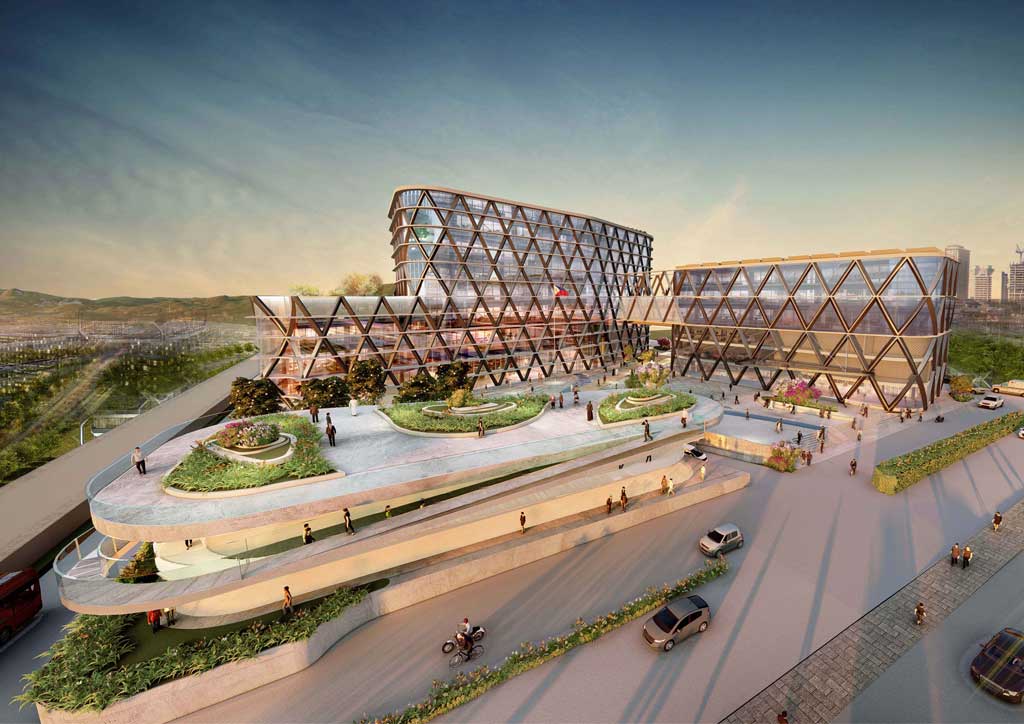
Mastering Resilient Architecture in the Face of Climate Change
Buildings must be designed to endure nature’s dynamic forces. Resilient architecture proactively addresses and lessens the effects of natural events. In today’s changing climate, it is essential for designers to create structures that hold up against the elements over time. Therefore, analyzing climate trends is crucial to envision a future where our built environment coexists harmoniously with nature.
Standing Up To A New Climate
Competent designers shape a building’s form and function based on its environment, primarily analyzing natural factors such as sunlight, rain, and wind. While these elements are unpredictable, a thorough understanding of their behavior allows designers to respond effectively, striving to control their impact on the building.
In order to build for a changing climate, our structures have to be aware of the challenges that come with it. These challenges encompass a heightened risk of extreme weather events like droughts and floods. Therefore, incorporating protective features and risk-reduction strategies help mitigate the impact of these natural occurrences.
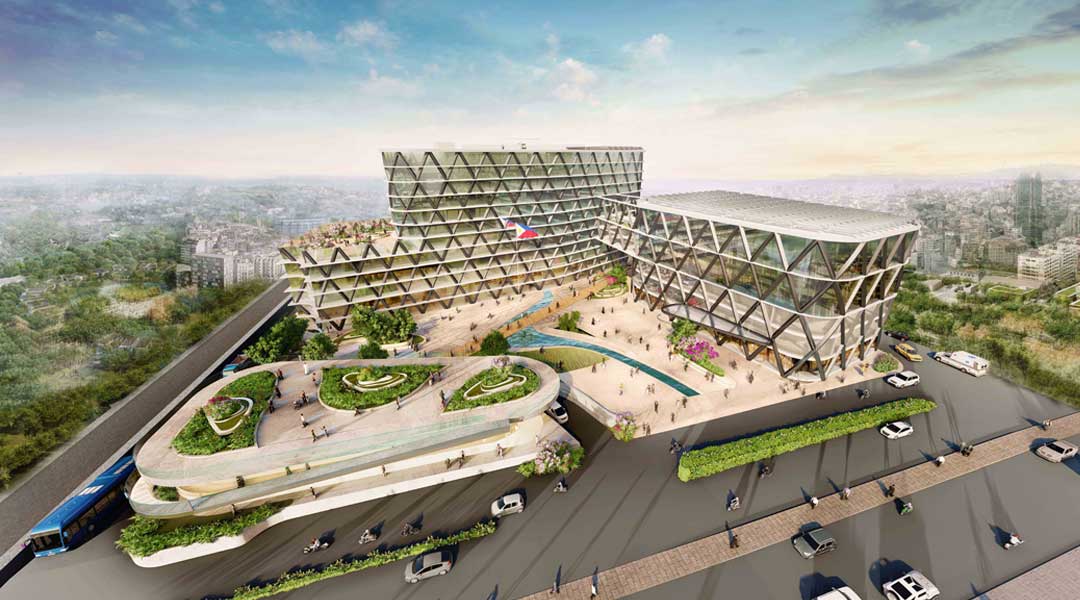
SpaceFabrik’s proposal for the MMDA Complex in Ortigas exemplifies resilience in urban environments. The site’s design allows for a multitude of activities related to emergency response. Catch basins repurpose grey water to irrigate nearby foliage while also acting as flood control. The diagrid design feature provides additional support against forces of nature such as earthquakes and strong winds.

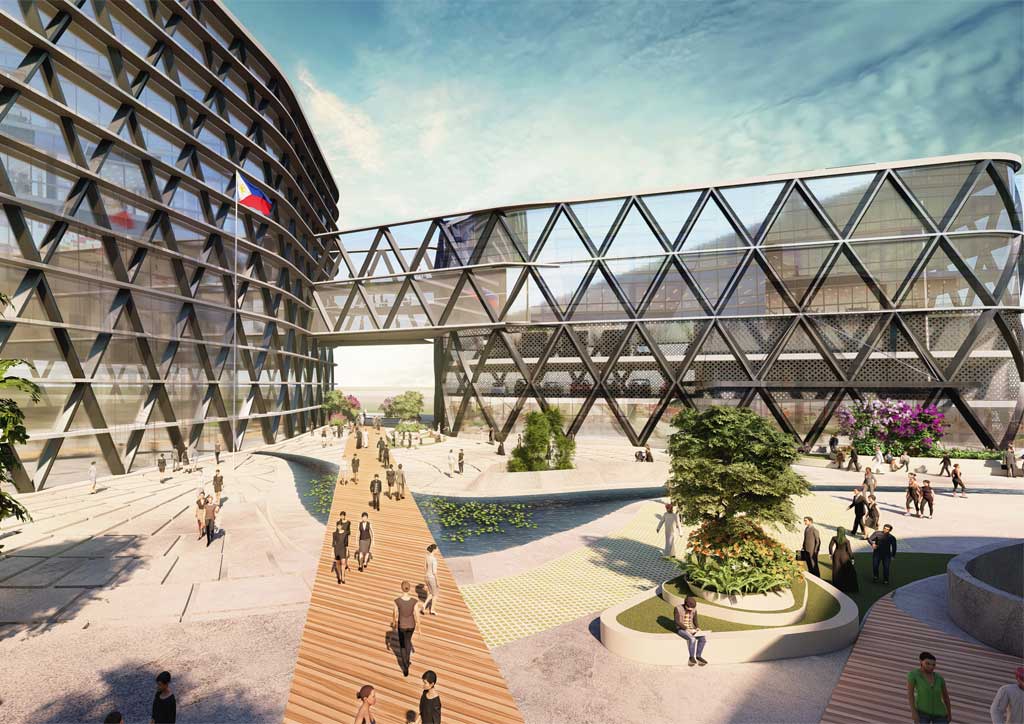
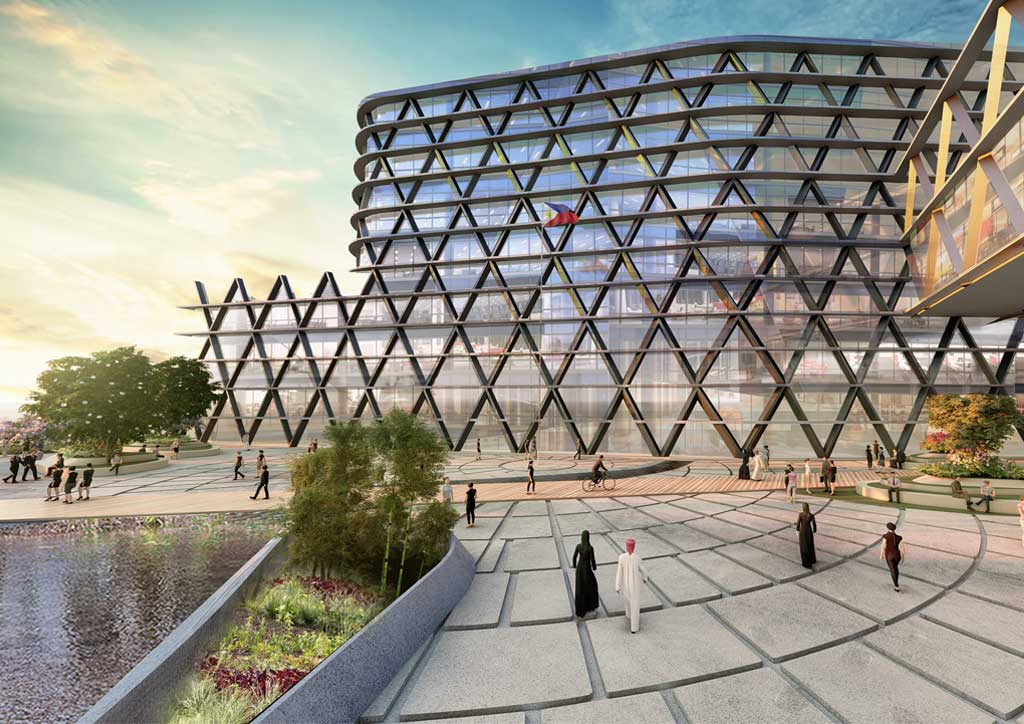
Multiple green spaces scattered throughout the site makes nature a part of city life, rather than apart from it. The buildings are positioned in such a way that blocks out the sun for a more comfortable microclimate. Improving the walkability around the general area reduces pollutants from vehicles as well. This is how resilient architecture can set the stage for a better relationship between people and nature.
Building for a Changing Earth
The need for spaces to adapt becomes more apparent as people and nature continue to be at odds. Architects and designers need to anticipate the intensifying conditions of the climate. Aside from the physical, we also have to look at how natural disasters affect the population. We also need to consider how their way of life can shift due to the impact that such occurrences bring.
Resilient architecture proactively addresses these challenges, helping us to better handle such situations. Nowadays, building standards demand greater sensitivity to environmental impact. Additionally, these spaces should facilitate our adaptation to new conditions and circumstances.

In 2021, a category 5 typhoon hit Siargao Island and left many structures in ruin. WTA’s Siargao Resettlement Project created more secure rural environments for the residents against the natural elements. The design takes into account the way of life of its users and protects it through its materials, programming, and setting. They implemented interventions such as relocation, backyard farming, local materials, and rain control.
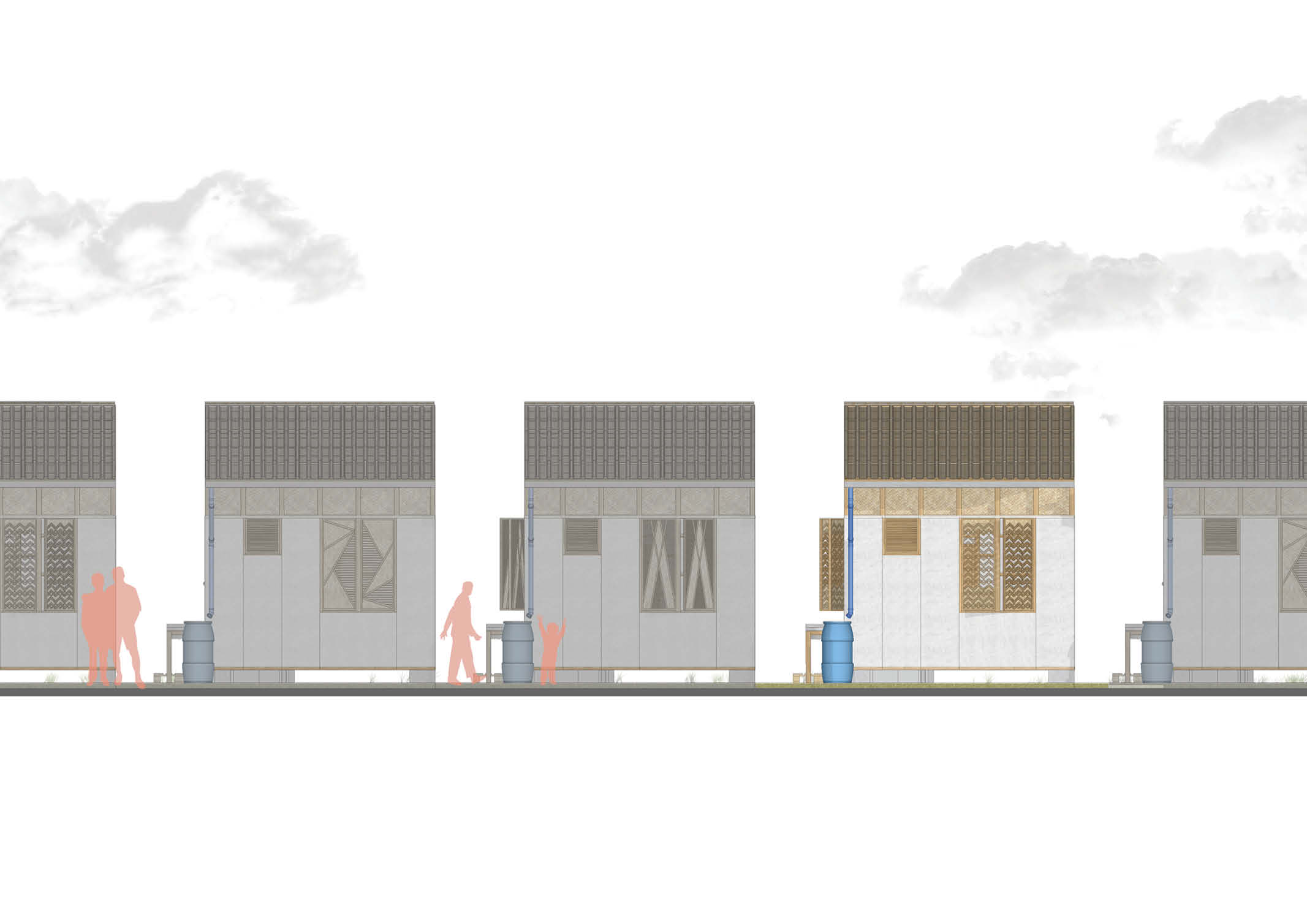
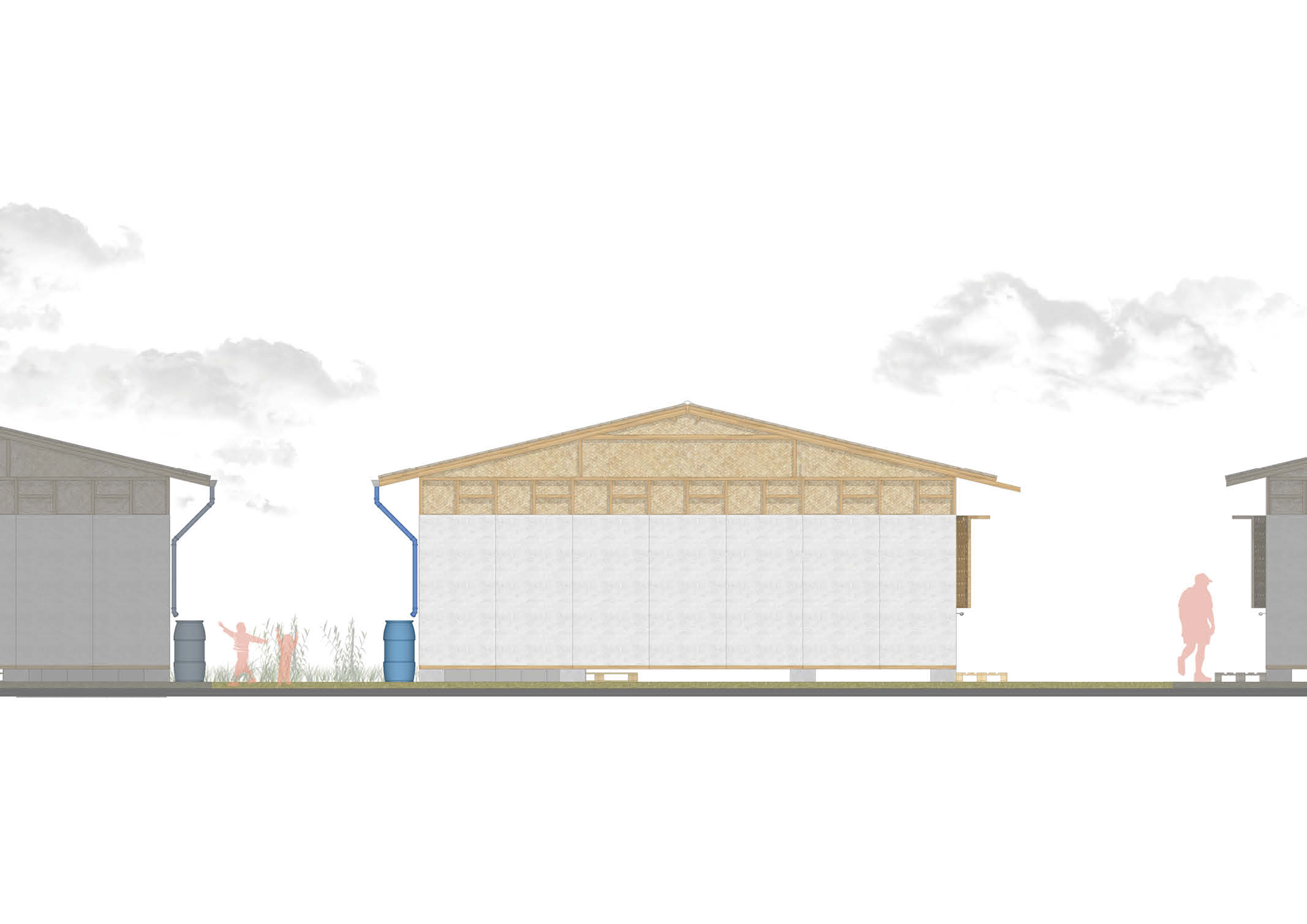
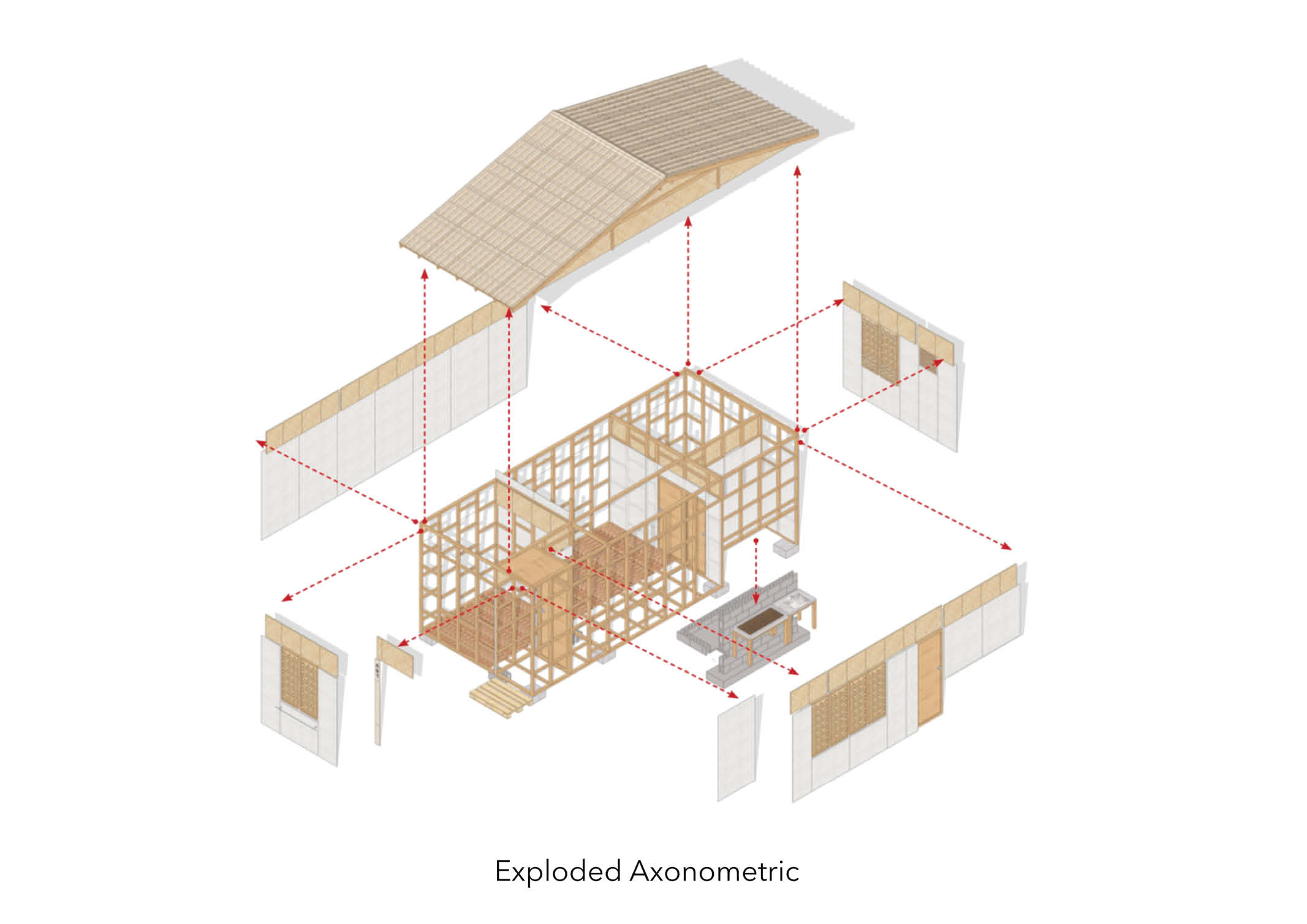
Photos provided by WTA Architecture & Design Studio
Furthermore, the project clustered houses in a way that promoted community building at a more intimate scale. Networks of open areas provide spaces for collaboration that give the amenities both utility and recreational purposes. Fostering these relationships between spaces and people helps promote concern over the welfare of others. More than the structures themselves, it’s the strong sense of community that makes efforts in disaster-response more efficient and effective against future natural disasters.
Resilient architecture is just one component of sustainable development. New structures require foundations that are not only strong, but also considerate of broader concerns beyond just the building itself. Architecture can protect and renew the relationship between people and their environment.


